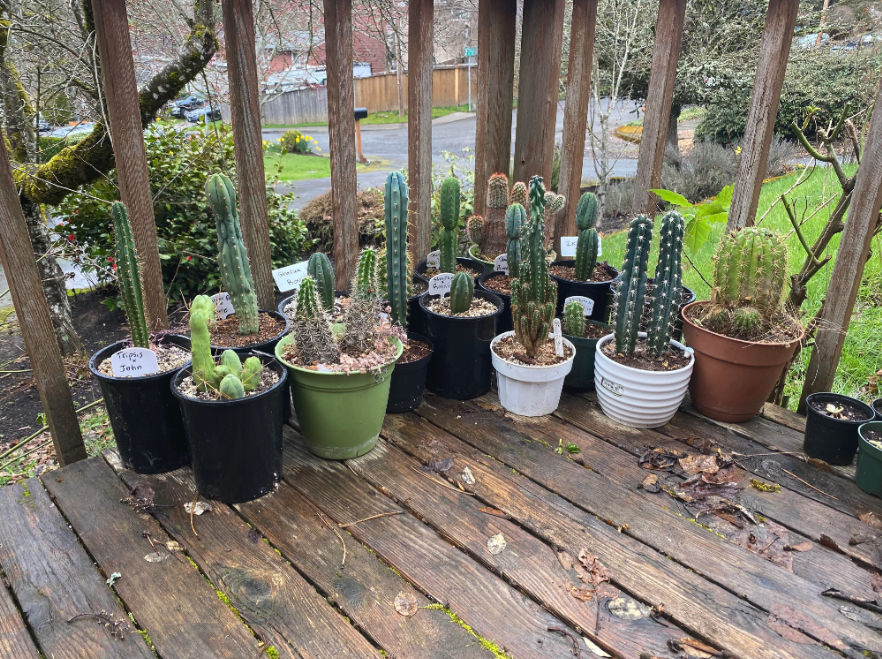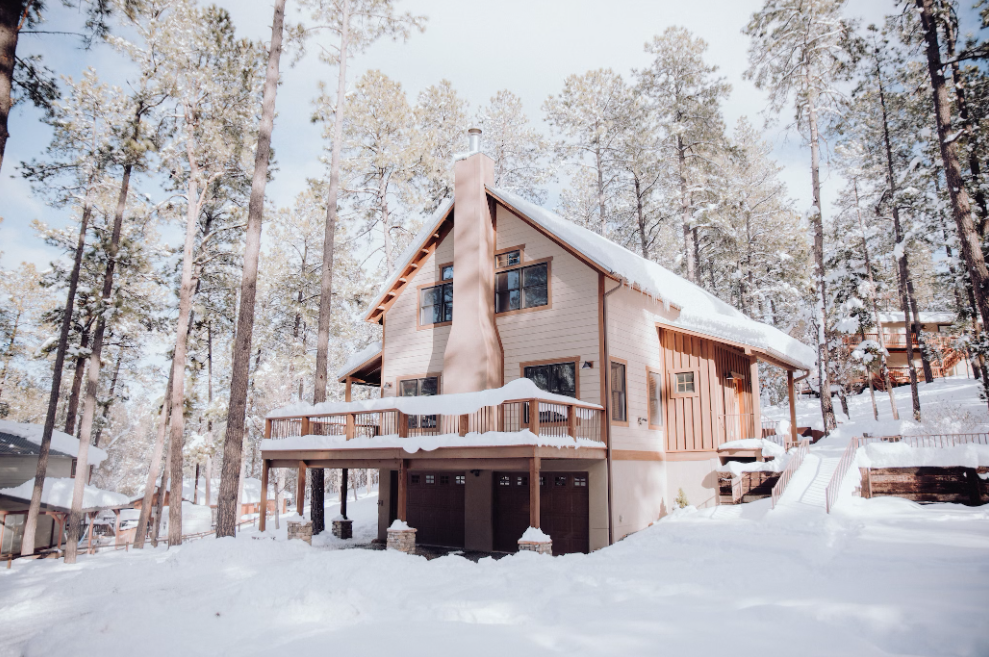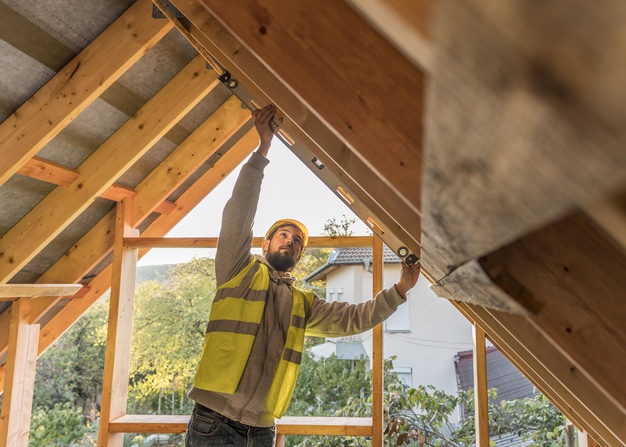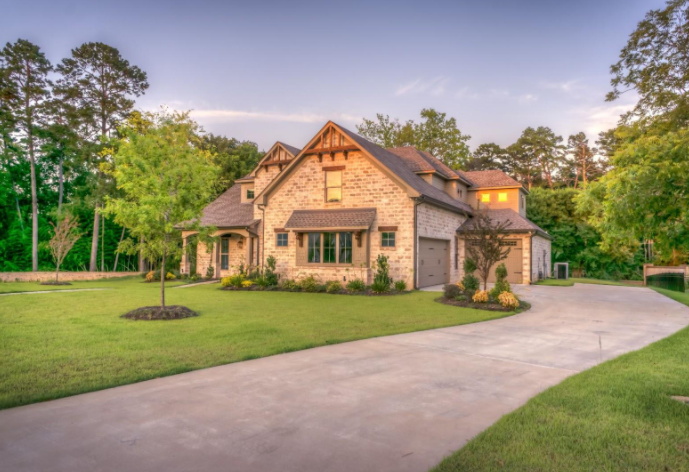From Loose Railings to Slippery Walkways: What Counts as Negligence at Home

A beautiful home isn’t just about design and comfort — it’s also about keeping it safe for everyone who steps through the door!
Homeownership comes with pride, but also with responsibility. Whether you’re hosting friends, renting out a property, or simply maintaining your own household, it’s essential to ensure your home is safe and hazard-free. Neglecting small home maintenance tasks can lead to serious accidents — and in some cases, legal consequences. According to premises liability lawyer Frank S. Clowney III, homeowners have a duty of care to keep their property in reasonably safe condition for visitors and guests.
Understanding Negligence at Home
In legal terms, “negligence” refers to failing to take reasonable care to prevent harm to others. At home, this can mean overlooking hazards that could easily cause injury. While it’s natural for wear and tear to happen over time, not fixing these issues can make you liable if someone gets hurt.
Some examples of home negligence include:
- Failing to repair broken steps, loose tiles, or damaged railings
- Ignoring water leaks that create slippery floors
- Leaving walkways unlit or cluttered with obstacles
- Not securing loose carpets or rugs that could cause someone to trip
Even if the oversight seems minor, a small hazard can quickly escalate into a serious accident. Regular inspections and timely repairs help prevent injuries and show you’ve taken reasonable steps to keep your home safe.
The Homeowner’s Duty of Care
Every homeowner has what’s known as a “duty of care.” This means you’re expected to keep your property safe for anyone legally allowed to be there — from dinner guests to delivery drivers. According to premises liability cases, courts often look at whether the homeowner took reasonable precautions before deciding fault.
To uphold your duty of care:
- Check outdoor areas for hazards like cracked sidewalks or uneven pavement
- Keep stairways, decks, and balconies in good repair
- Make sure all lighting, both indoors and outdoors, is bright and functional
- Address slippery surfaces quickly, especially after rain or cleaning
Being proactive doesn’t just reduce risk — it protects your loved ones and your peace of mind.
Common Household Hazards That Lead to Accidents
It’s easy to overlook how everyday activities can create danger spots around the home. From bathrooms to backyards, hazards can appear in unexpected places.
Watch out for:
- Wet floors: Kitchens and bathrooms are frequent sites for slips, especially if water or soap residue isn’t cleaned up right away.
- Outdoor surfaces: Driveways and patios can become slippery from rain, moss, or fallen leaves.
- Loose flooring: Carpet edges or warped boards can cause tripping hazards.
- Poor lighting: Dim stairwells or hallways increase the risk of missteps.
A little vigilance goes a long way. Keeping your home clean and well-maintained is one of the simplest ways to prevent accidents.
When Negligence Becomes a Legal Issue
Even with good intentions, accidents sometimes happen. But if someone is injured because a hazard was ignored, the situation could escalate into a legal claim. Courts typically examine whether the homeowner knew or should have known about the danger — and whether they made reasonable efforts to fix it.
Taking quick action when problems arise, documenting repairs, and maintaining your property are the best ways to show responsibility. If an injury does occur, consulting an attorney experienced in premises liability can help clarify your options.
Final Thoughts
Negligence at home often starts small — a forgotten puddle, a flickering porch light, a wobbly handrail — but its consequences can be serious. By taking a few preventive steps, you protect not just your visitors, but also your family and yourself. A safe home reflects care, attention, and pride — values that every good housekeeper holds dear.








